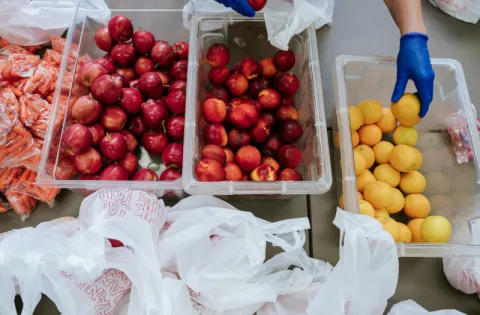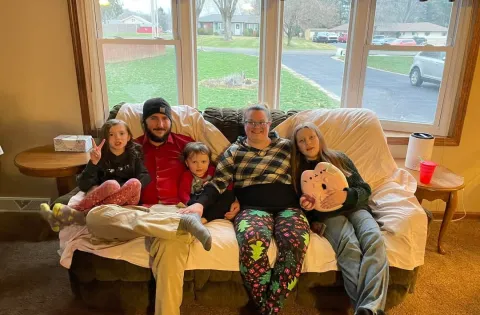Today, the United States Department of Agriculture (USDA) released the latest food insecurity numbers, providing a detailed look into how many families in our country today struggle to have enough to eat.
The news is good - and bad. The good news is that kids and families are doing better: the percentage of households facing food insecurity continues to fall.
The bad news is that 13 million children in America still face hunger, a shocking number in a nation as wealthy as ours.
Here are three things to know from the “Household Food Security in the United States in 2016.”
What is Food Insecurity?
Families that are food insecure struggle to consistently put healthy food on the table. Food insecurity can look like a lot of different things: a completely empty pantry and no money in the budget to stock it; parents skipping a meal just to make sure their child has a plate full of food; families who, at the end of the month, are faced with making the unthinkable decision between paying rent and buying groceries.
Families are on the Brink
According to the USDA, 12.3 percent of all U.S. households have said they’ve struggled to feed their family in the last year. This aligns with our recent findings from our 2017 Hunger In Our Schools report, which found that two-thirds of low-income parents said a single unplanned expense would make it difficult to feed their families.
Food Insecurity and the No Kid Hungry Strategy
The latest food insecurity numbers underscore the importance and urgency of No Kid Hungry’s mission.
Federal nutrition programs play a critical role in making sure kids who struggle with hunger get the food they need. No Kid Hungry is hard at work to reach the 13 million children who live in food insecure homes so they get the nutrition they need to grow up smart, healthy and strong.
We know that when we connect kids to school breakfast and summer meals, we are closing the gap between kids who consistently have enough to eat and those who don’t. We know that when we fight to protect SNAP, we are ensuring more kids get the food they need, regardless of where they live, the time of year or the time of day.



